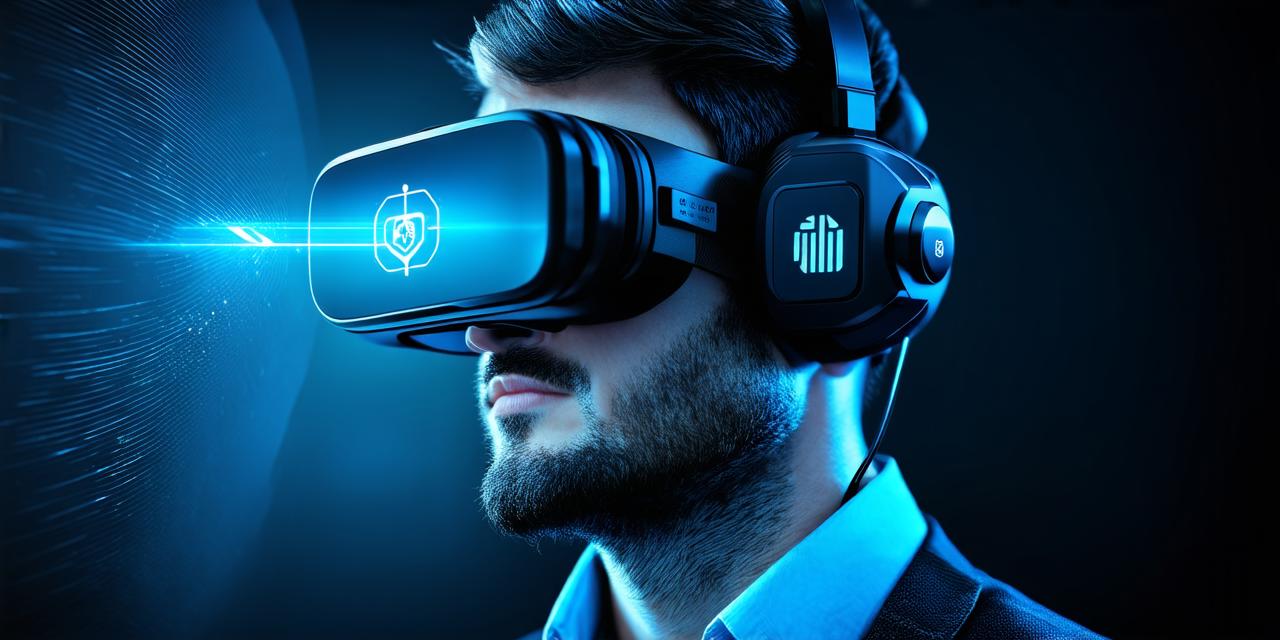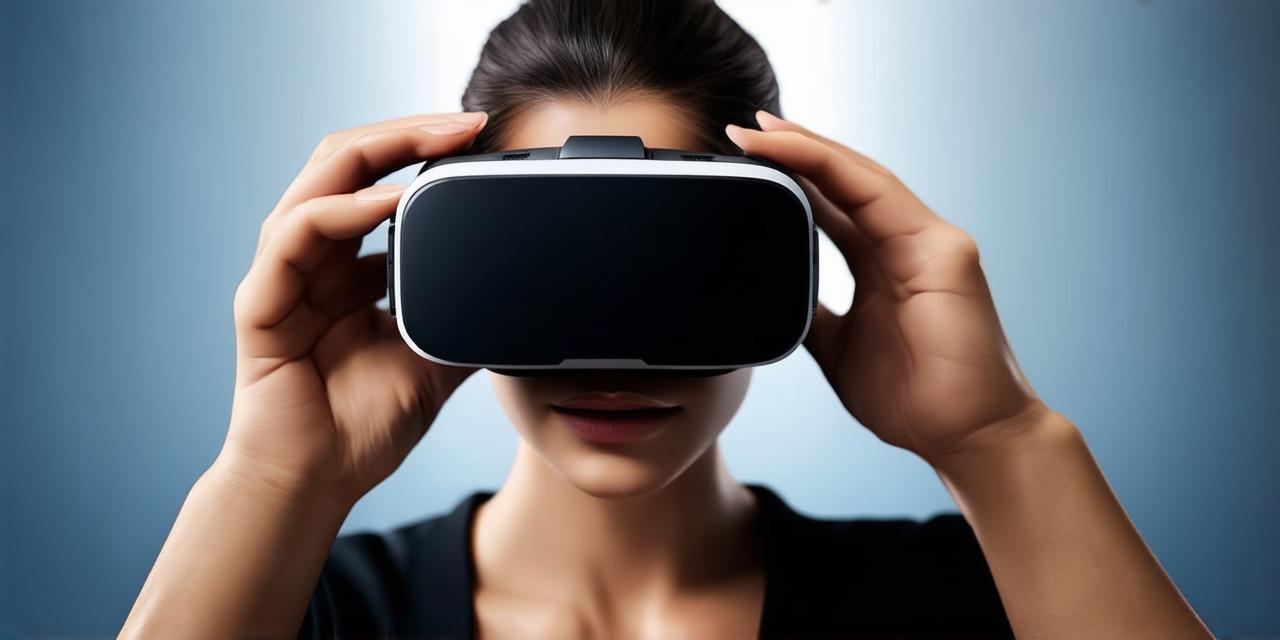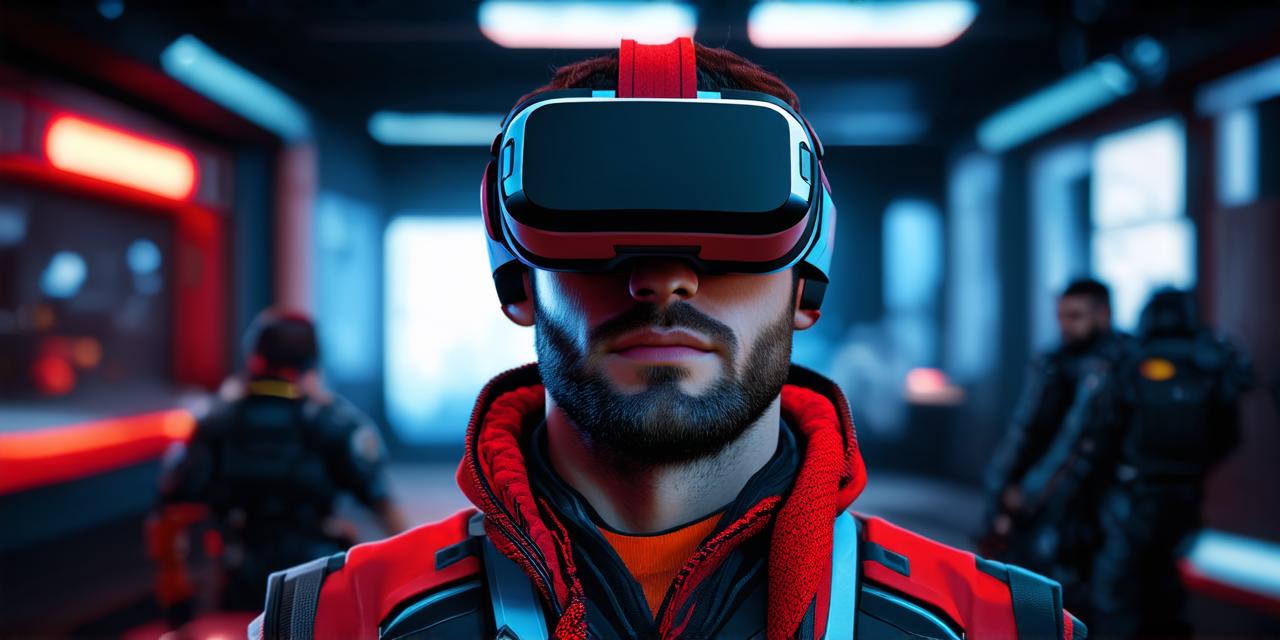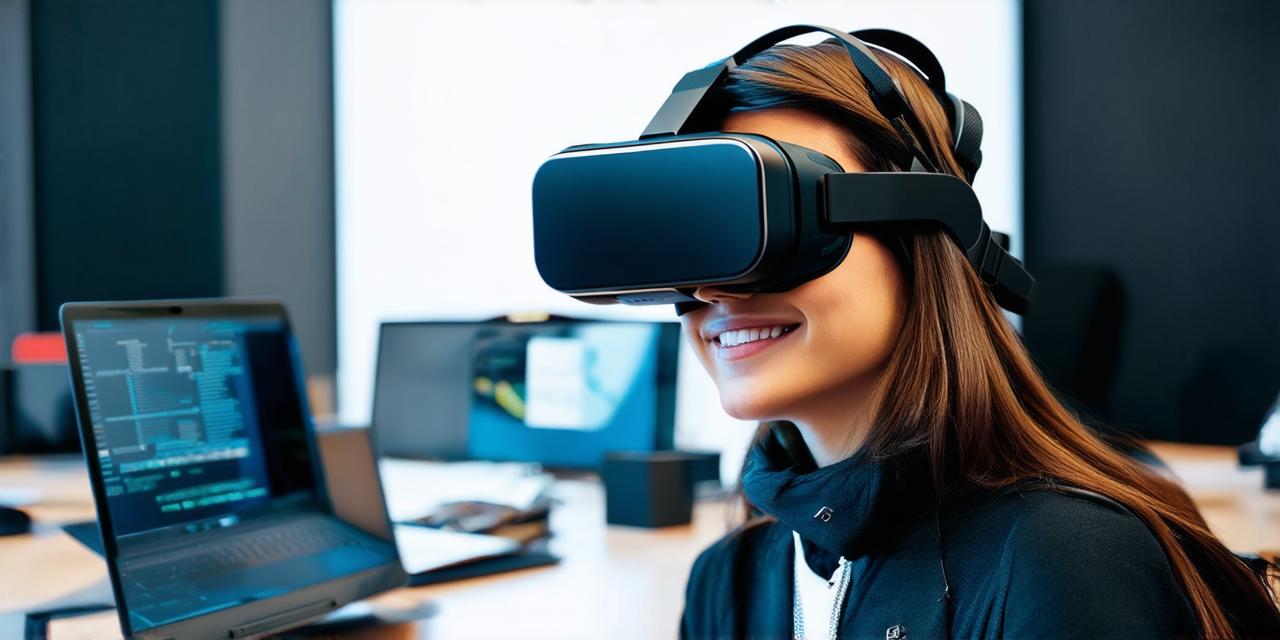What is Virtual Reality Exposure Therapy?
Virtual reality exposure therapy is a type of psychotherapy that uses VR technology to simulate real-life situations or objects that trigger anxiety, fear, or panic in an individual. The therapist creates a virtual environment that mimics the feared situation and provides guidance and support as the individual confronts their fear.
For example, if someone has a fear of heights, the therapist might create a virtual environment with a tall building, and the individual would be placed on the top floor. Through guided exposure, the individual learns to tolerate and eventually overcome their fear of heights.
The effectiveness of VR exposure therapy lies in its ability to provide a safe and controlled environment for individuals to confront their fears. In real life, it might not be possible or safe to expose someone to their feared situation or object. However, with VR technology, individuals can safely face their fears in a virtual environment.
Benefits of Virtual Reality Exposure Therapy
Virtual reality exposure therapy has several benefits that make it an attractive option for treating anxiety and other mental health disorders. Some of these benefits include:
- Safety: VR exposure therapy provides a safe and controlled environment for individuals to confront their fears.
- Flexibility: VR exposure therapy allows therapists to create virtual environments that are tailored to an individual’s specific fear or anxiety. This flexibility enables therapists to create environments that closely mimic the real-life situation or object that triggers the individual’s fear, providing a more effective treatment.
- Customization: VR exposure therapy allows therapists to customize the virtual environment to suit the needs of the individual. For example, if someone has a fear of spiders, the therapist might create a virtual environment with a large spider, but they can also adjust the size and behavior of the spider to match the individual’s specific fear.
- Immediate feedback: VR exposure therapy provides immediate feedback to both the individual and the therapist. This feedback enables therapists to track progress and make adjustments to the treatment as needed.
- Cost-effective: Virtual reality exposure therapy is a cost-effective option for treating anxiety and other mental health disorders. It requires minimal equipment and can be performed in a therapist’s office or even remotely.
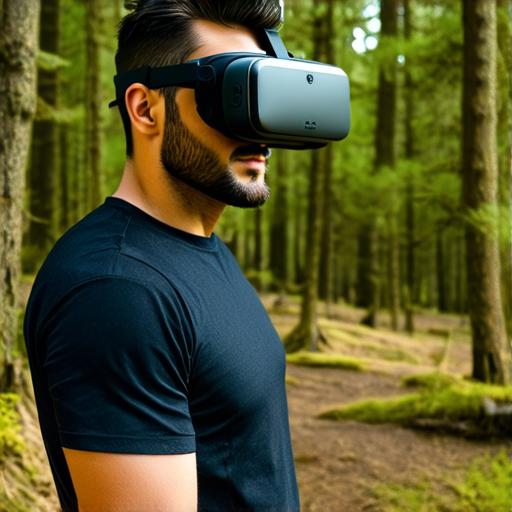
Real-Life Examples of Virtual Reality Exposure Therapy
Virtual reality exposure therapy has been successfully used to treat several types of anxiety and phobias. Here are some real-life examples:
- Arachnophobia: A study published in the Journal of Consulting and Clinical Psychology found that VR exposure therapy was effective in reducing symptoms of arachnophobia (fear of spiders) in individuals who had previously failed to respond to traditional psychotherapy.
- Acrophobia: A study published in the Journal of Traumatic Stress found that VR exposure therapy was effective in reducing symptoms of acrophobia (fear of heights) in individuals with severe symptoms.
- Agoraphobia: A study published in Frontiers in Human Neuroscience found that VR exposure therapy was effective in reducing symptoms of agoraphobia (fear of open spaces) in individuals who had previously failed to respond to traditional psychotherapy.
- Post-Traumatic Stress Disorder (PTSD): Virtual reality exposure therapy has been used successfully to treat PTSD in individuals with traumatic experiences such as combat, natural disasters, and sexual assault.
Expert Opinions on Virtual Reality Exposure Therapy
Virtual reality exposure therapy is gaining popularity among mental health professionals due to its effectiveness and safety. Here are some expert opinions on the subject:
Dr. Michael J. Kaltwasser, a professor of clinical psychology at Southern Methodist University, states that VR exposure therapy is “an exciting new treatment option” for anxiety and other mental health disorders. He also notes that it can be used in conjunction with traditional psychotherapy to provide a more comprehensive treatment approach.
Dr. Mark Grossman, a professor of psychiatry at the University of California, Los Angeles (UCLA), states that VR exposure therapy is “a promising new tool” for treating anxiety and other mental health disorders. He also notes that it can be used in remote settings, making it accessible to individuals who may not have access to traditional psychotherapy.
Dr. Andrew Shamir, a professor of psychology at the University of Haifa, states that VR exposure therapy is “an effective and safe treatment option” for anxiety and other mental health disorders. He also notes that it can be customized to suit the needs of each individual, providing a more personalized treatment approach.
Summary
Virtual reality exposure therapy is an innovative and effective approach to treating anxiety and other mental health disorders. It provides a safe and controlled environment for individuals to confront their fears and overcome them. Virtual reality technology has made it possible for therapists to create virtual environments that closely mimic real-life situations or objects, providing a more comprehensive treatment approach. With its safety, flexibility, customization, immediate feedback, cost-effectiveness, and real-life examples of effectiveness, virtual reality exposure therapy is an exciting new option for mental health treatment.
